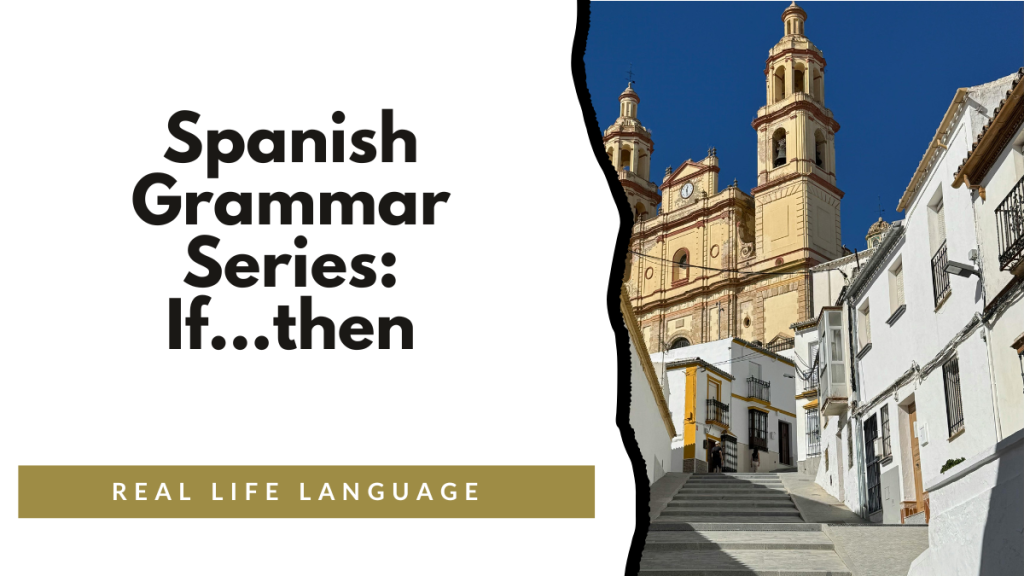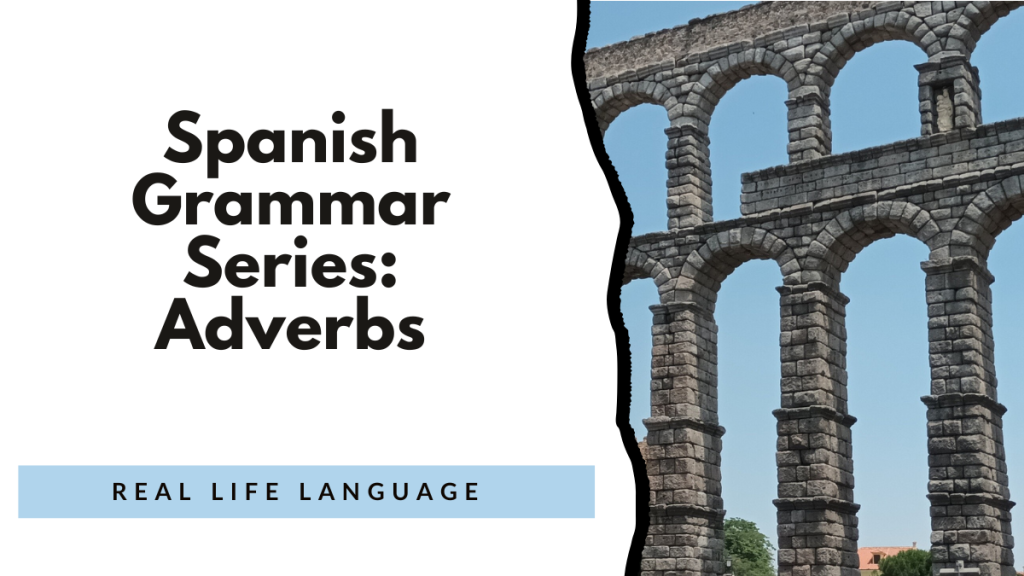Reflexive Verbs in Spanish (Los Verbos Reflexivos)
Reflexive verbs describe actions that a person performs on themselves. They use reflexive pronouns to show that the subject and the object are the same—meaning the person doing the action is also receiving it.
1) What Is a Reflexive Verb?
A reflexive verb is one that uses a reflexive pronoun (me, te, se, nos, os, se).
In English, we sometimes use “myself,” “yourself,” “themselves,” etc.
But Spanish uses reflexive verbs more frequently — often for daily routines, emotions, or changes in state.
Example:
- Yo me levanto temprano. → I get up early.
(Literally: I lift myself up.)
Here, me shows that the action (levantar) reflects back on the same person performing it.
2) Reflexive Pronouns
| Subject | Reflexive Pronoun | English |
| yo | me | myself |
| tú | te | yourself |
| él / ella / usted | se | himself / herself / yourself |
| nosotros / nosotras | nos | ourselves |
| vosotros / vosotras | os | yourselves (Spain) |
| ellos / ellas / ustedes | se | themselves / yourselves |
These pronouns always refer back to the subject of the sentence.
3) Structure of Reflexive Verbs
The infinitive form includes the -se ending:
- lavar → lavarse → to wash oneself
- vestir → vestirse → to get dressed
- bañar → bañarse → to bathe oneself
When conjugated, the -se is removed and replaced by the appropriate pronoun before the conjugated verb.
Formula:
Subject + reflexive pronoun + conjugated verb
| Subject | Example Verb: lavarse (to wash oneself) |
| yo | me lavo |
| tú | te lavas |
| él / ella / Ud. | se lava |
| nosotros | nos lavamos |
| vosotros | os laváis |
| ellos / ellas / Uds. | se lavan |
Meaning:
Me lavo las manos. → I wash my hands.
4) Reflexive Verbs vs. Non-Reflexive Verbs
Some verbs can be used both reflexively and non-reflexively, changing the meaning slightly.
| Non-Reflexive | Reflexive | Difference |
| levantar → to lift | levantarse → to get up | |
| llamar → to call | llamarse → to call oneself / be named | |
| poner → to put | ponerse → to put on (clothing) | |
| dormir → to sleep | dormirse → to fall asleep | |
| ir → to go | irse → to leave / go away | |
| acordar → to agree | acordarse (de) → to remember | |
| quedar → to stay / remain | quedarse → to stay (in a place) | |
| probar → to taste / try | probarse → to try on (clothing) |
Examples:
- Me llamo Ana. → My name is Ana.
- Se pone una chaqueta. → She puts on a jacket.
- Nos dormimos a las once. → We fall asleep at eleven.
5) Common Reflexive Verbs (Daily Routine)
| Verb | English |
| acostarse (o → ue) | to go to bed |
| afeitarse | to shave |
| bañarse | to bathe |
| cepillarse (los dientes / el pelo) | to brush (one’s teeth / hair) |
| despertarse (e → ie) | to wake up |
| ducharse | to shower |
| lavarse | to wash oneself |
| maquillarse | to put on makeup |
| peinarse | to comb one’s hair |
| ponerse | to put on (clothes) |
| quitarse | to take off (clothes) |
| vestirse (e → i) | to get dressed |
| llamarse | to be called |
| relajarse | to relax |
| sentarse (e → ie) | to sit down |
| sentirse (e → ie) | to feel |
| quedarse | to stay |
| enojarse | to get angry |
| divertirse (e → ie) | to have fun |
Example:
Cada mañana me despierto, me ducho y me visto. → Every morning I wake up, shower, and get dressed.
6) Reflexives with Body Parts and Clothing
When talking about body parts or clothing, Spanish uses definite articles (el, la, los, las) — not possessive adjectives (my, your, etc.).
Examples:
- Me lavo las manos. → I wash my hands.
- Se cepilla los dientes. → He brushes his teeth.
- Nos ponemos los abrigos. → We put on our coats.
7) Placement of Reflexive Pronouns
A. Before a Conjugated Verb
- Me levanto a las siete. → I get up at seven.
- Nos duchamos después del ejercicio. → We shower after exercising.
B. Attached to an Infinitive
When there are two verbs, the reflexive pronoun can attach to the end of the infinitive.
Both options are correct:
- Me voy a dormir.
- Voy a dormirme. → I’m going to go to sleep.
C. Attached to a Gerund (Progressive)
With the present progressive, attach the pronoun to the gerund (or place it before estar).
Both options are correct:
- Me estoy duchando.
- Estoy duchándome. → I’m showering.
Remember: add an accent to maintain pronunciation when attaching a pronoun to a gerund.
8) Reflexive Verbs in Other Tenses
You can use reflexive verbs in any tense — just move the pronoun accordingly.
Present
Me levanto temprano.
Preterite
Me levanté tarde.
Imperfect
Me levantaba a las seis cada día.
Future
Me voy a levantar temprano. / Voy a levantarme temprano.
Present Progressive
Estoy levantándome ahora. / Me estoy levantando ahora.
9) Reflexive Pronouns with Commands
A. Affirmative Commands
Attach the pronoun to the end of the verb (and add an accent).
- ¡Levántate! → Get up!
- ¡Siéntate! → Sit down!
- ¡Vístete! → Get dressed!
- ¡Dúchate! → Take a shower!
B. Negative Commands
Place the pronoun before the verb.
- ¡No te levantes! → Don’t get up!
- ¡No se preocupe! → Don’t worry (formal).
10) Reflexive vs. Reciprocal Actions
When two or more people do something to each other, the same reflexive pronouns are used — but the meaning is reciprocal.
| Reflexive | Reciprocal |
| Me miro en el espejo. → I look at myself. | Nos miramos. → We look at each other. |
| Se llama Carlos. → His name is Carlos. | Se llaman todos los días. → They call each other every day. |
Context determines whether se / nos / os is reflexive (self) or reciprocal (each other).
11) Practice: Fill in the Blanks
Complete with the correct reflexive pronoun and verb form.
- Yo __________ (levantarse) a las seis.
- Ella __________ (maquillarse) antes de salir.
- Nosotros __________ (ponerse) los zapatos.
- ¿A qué hora __________ (acostarse) tú?
- Mis amigos __________ (llamarse) Mateo y Luis.
- Ellos __________ (divertirse) en la fiesta.
Answers:
- me levanto
- se maquilla
- nos ponemos
- te acuestas
- se llaman
- se divirtieron
12) Practice with Placement
Choose the correct placement of the reflexive pronoun.
- Quiero (me levantar / levantarme) temprano.
- Estoy (me duchando / duchándome).
- (Te cepillas / Cepillas te) los dientes.
- Vamos a (acostarnos / nos acostar) tarde.
- No (te preocupes / preocúpate).
Answers:
- levantarme
- duchándome
- Te cepillas
- acostarnos
- te preocupes
13) Common Pitfalls & Fixes
| Wrong | Correct | Explanation |
| Lavo mis manos. | Me lavo las manos. | Use reflexive + definite article for body parts. |
| Se va su casa. | Se va de su casa. | Some reflexives require prepositions. |
| Me llamo es Ana. | Me llamo Ana. | No es needed — “me llamo” = “my name is.” |
| Estoy me duchando. | Me estoy duchando. / Estoy duchándome. | Pronoun before estar or attached to gerund. |
14) Quick Summary Table
| Element | Spanish | Example | English |
| Reflexive Pronouns | me, te, se, nos, os, se | Me levanto temprano. | I get up early. |
| Infinitive Form | verb + se | lavarse | to wash oneself |
| Placement | before conjugated verb or attached to infinitive/gerund | Voy a vestirme. | I’m going to get dressed. |
| Body Parts | use article (el, la, los, las) | Me cepillo los dientes. | I brush my teeth. |
| Reciprocal Use | nos / se = each other | Nos abrazamos. | We hug each other. |
Why Reflexives Matter
Reflexive verbs are core to daily communication — describing:
- Morning and bedtime routines
- Personal care and clothing
- Emotions and states
- Actions between people
They’re essential for realistic, conversational Spanish and help learners move beyond memorized phrases into real-life fluency.
Building Proficiency for World Language Learners: 100+ High-Interest Activities
Discover over 100 dynamic activities to make world language learning interactive and fun. I wrote this book with some of my favorite activities for educators aiming to build proficiency with high-impact strategies.
Learn more and get your copy here.
5 Weeks of No and Low Prep Fun
Need quick, engaging activities for your class? This free guide includes 25 no-prep and low-prep ideas to save time while keeping students excited about learning.
Download your free copy now.
100s of videos to learn Spanish:

